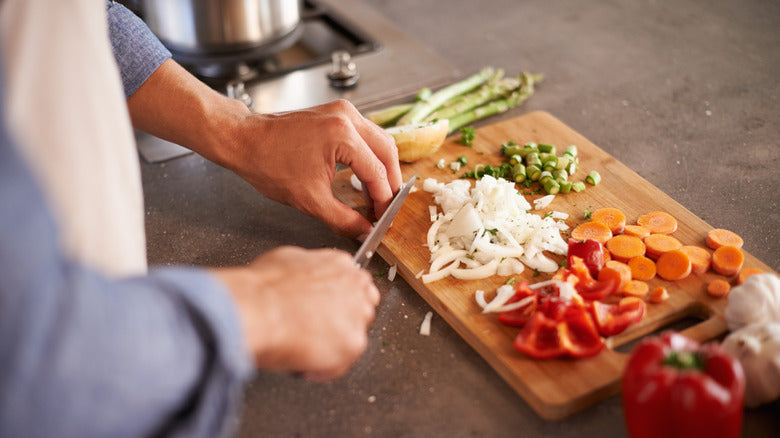The **wok** serves as one of the quintessential tools in Asian cuisine, particularly in Chinese cooking. For kitchen professionals, understanding what is the function of wok is essential for mastering the techniques that elevate their culinary skills. A wok is not just a cooking vessel; its a multifunctional kitchen instrument that can dramatically change the way one approaches cooking.
The primary functions of a wok include stir-frying, steaming, deep-frying, and even boiling, making it a powerhouse of versatility in the kitchen. While its typically associated with Asian dishes, the versatility of a wok offers boundless opportunities for creativity. In this article, we will delve into the various functions and benefits of using a wok, making it an indispensable part of your kitchen arsenal.

What Makes Woks Unique?
The design of a wok is paramount to its efficacy. The round bottom aids in heat distribution, allowing for quick cooking at high temperatures. Additionally, the high sides of a wok retain moisture and allow for tossing food without spilling, making it ideal for stir-frying.
Types of Woks Available
Before discussing the functions of a wok, its critical to recognize the different types available:
- Carbon Steel Woks: Popular for their durability and ability to develop a non-stick surface when seasoned properly.
- Cast Iron Woks: Retains heat exceptionally well but requires more effort to maintain.
- Non-Stick Woks: Easiest to clean but may not hold up to high-heat cooking as well as other types.
:max_bytes(150000):strip_icc()/GettyImages-634758127-2000-7e34aa696c3949ffa0b741a5520c79d5.jpg)
Key Functions of a Wok
1. Stir-Frying
Stir-frying is the most recognized function of a wok. The initial high heat creates a quick sear, locking in flavors and maintaining textures. For kitchen professionals, mastering the stir-frying technique is crucial.
2. Steaming
A wok can double as a steamer. By adding a small amount of water and placing a bamboo steamer basket inside, you can steam vegetables, fish, or even dumplings effortlessly.
3. Deep-Frying
The deep, rounded shape of the wok makes it perfect for deep-frying. The wide surface area allows for more food to be fried at once, while the high sides contain splatter.
4. Boiling and Simmering
While not primarily designed for boiling, the wok can also handle boiling and simmering, making it versatile for processes like making soups or sauces. The unique shape allows for quick evaporation, leading to concentrated flavors.

Creative Uses for Your Wok
The versatility of the wok goes beyond Asian cuisine. A kitchen professional can adapt its function for various culinary applications. Consider using a wok for:
- Cooking Paella: The wide surface area can accommodate all components of the dish.
- Making Stir-Fried Noodles: Tossing and stirring noodles requires space and height.
- Braising: Great for one-pot cooking styles.

Why is It Important to Season a Wok?
Seasoning a wok is crucial to its performance and longevity. Proper seasoning creates a natural non-stick surface and enhances the flavors of the dishes prepared.
How to Care for Your Wok
Maintaining your wok will not only extend its life but also improve cooking results:
- Clean with Care: Avoid soap; simply rinse with hot water and scrub.
- Store Properly: Keep your wok dry and seasoned to prevent rust.
Conclusion
In summary, understanding what is the function of wok can dramatically alter a chef's approach to cooking. The versatility, speed, and unique cooking methods enabled by using a wok make it a must-have for any culinary professional. Make space in your kitchen for this remarkable tool and unlock a world of cooking possibilities.
FAQs
1. Can I use a wok on an electric stovetop?
Yes, but its best to use a flat-bottomed wok.
2. What is the best material for a wok?
Carbon steel is highly recommended for its heat conductivity.
3. Is a wok safe to use on a high flame?
Absolutely, it is designed for high-heat cooking.
As an Amazon Associate, I earn from qualifying purchases.






Leave a comment
This site is protected by hCaptcha and the hCaptcha Privacy Policy and Terms of Service apply.